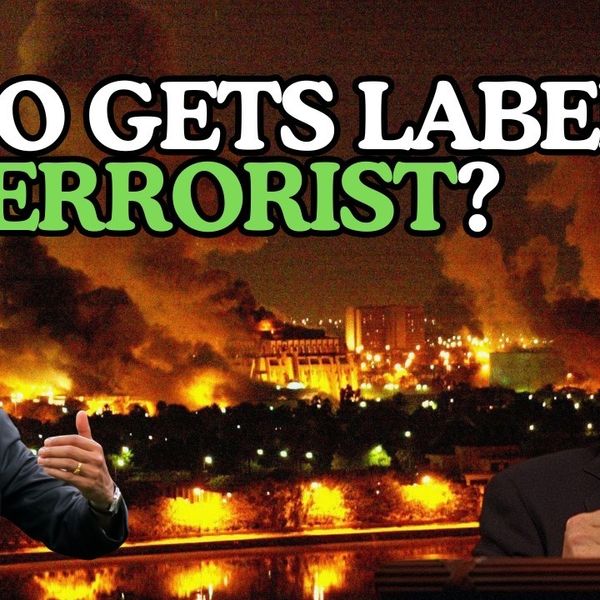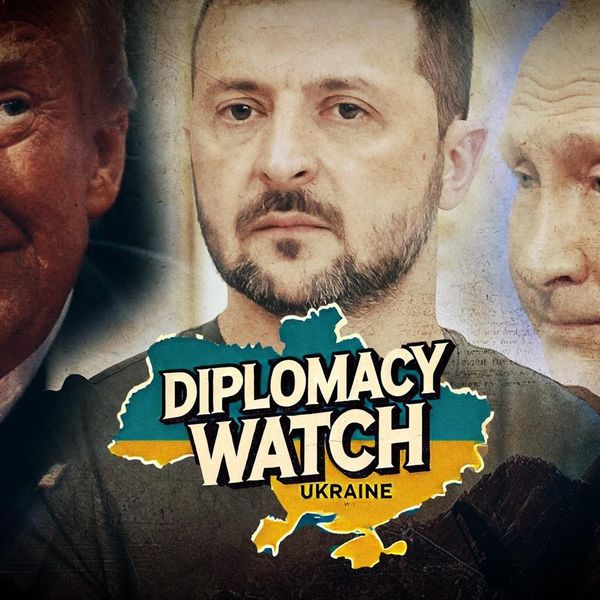Secretary of State Mike Pompeo believes the coronavirus has made Iran ripe for some bombing. Weakened by both sanctions and the pandemic, a window of opportunity exists to strike it militarily, he reportedly told President Donald Trump. But paradoxically, the pandemic may also have given Tehran an opportunity it neither desired nor faced earlier on. Trump’s sanctions have already begun to shift Tehran’s nuclear calculus. Now, the global chaos fomented by the pandemic may have provided it with the opportunity to make a dash for the bomb.
For an administration that claims to practice a foreign policy of restraint, the Trump administration has a shockingly misguided notion of the U.S. national interest. With Iran, it has snatched defeat from the jaws of victory, as demonstrated by the utter failure of its exit from the 2015 nuclear deal and its economic warfare against the country. While Iran’s economy has been devastated by sanctions, Tehran has not caved to a single one of Washington’s demands. On the contrary, Tehran has counter-escalated, seemingly with the intent of making Trump’s maximum pressure policy as costly as possible to both the U.S. and its allies. Even the assassination of General Qassem Soleimani, Iran’s most influential military commander, has failed to deter Iran, according to U.S. intelligence.
Pompeo has counseled Trump to take military action in every crisis with Iran since he was confirmed as secretary. He did so after Iran shot down a US spy drone it said had entered its airspace. He did so after Iraqi militias stormed the U.S. embassy in Baghdad and he did so last week after two U.S. servicemen were killed after their base came under attack by an Iraqi militia. Pompeo blamed Iran directly for these attacks, contradicting the Pentagon and intelligence agencies that indicated they did not have evidence that the attacks were in fact ordered by Iran.
Given Pompeo’s apparent appetite for war, it is not surprising that he is urging military strikes in the midst of the pandemic. Iran is one of the countries hardest hit by COVID-19, partly because its healthcare sector was already in a frail state due in part to the government’s own mismanagement but also because of the disastrous impact of US sanctions.
Pompeo argues that hitting Iran now will force it to capitulate and beg for talks.
However, in all previous cases, Pompeo and hawks such as John Bolton and Richard Grenell have presented the same logic. Iran was so weak that just a bit more pressure -- through more sanctions or military strikes -- would force it to capitulate. In every case, the opposite has occurred: Tehran met maximum pressure with maximum resistance; that is, it counter-escalated and brought the U.S. closer to war rather than Iran closer to surrender.
But this time, Pompeo’s miscalculation may be even riskier. True, Iran is in a weak position. Its economy is tanking, it has failed to contain the pandemic, and its population has all but lost faith in the government’s ability to handle these crises.
But while Iran is weakened, it is not without options. Nor is the U.S. necessarily in a strong position. In fact, within weeks, Iran may have opportunities it neither possessed nor desired before. Including a comparatively resistance-free path to a nuclear weapon.
Consider the following. The Trump administration’s response to COVID-19 has been disastrous. Within weeks, the U.S. will likely face a situation similar to that of Italy’s -- which has more reported coronavirus deaths than Iran. But the repercussions of the pandemic might even be worse in the U.S. in the short run than elsewhere because of the U.S.’s notoriously weak social safety net. The United States allocates 0.19 percent of its GDP on public unemployment spending. Belgium spends 15 times as much on supporting its unemployed, according to the OECD.
Whether unemployment in the US hits twenty percent, as Treasury Secretary Steve Mnuchin has warned, or the GDP contracts twenty-four percent in the second quarter as predicted by Goldman Sachs, the Trump administration’s preoccupation with COVID-19 and its enormous economic and social implications, as well as the November elections may leave the U.S. government with very little bandwidth -- and Trump with few political incentives -- to risk war with Iran.
Hardliners in Iran, who have benefited greatly from Trump’s humiliation of Iranian moderates who favored reconciliation with the West, may see this as an unprecedented opportunity to do what the Iranian elite has rejected in the past -- exit the Iran nuclear deal, exit the Non-Proliferation Treaty (NPT) and make a dash for the bomb. They may calculate that the world’s ability to respond militarily will be limited. Israel might attack, but it is unlikely to be able to destroy all of Iran’s nuclear facilities on its own. Nor can it afford a full-scale war with Iran without Washington’s backing.
Tehran may also not be deterred by the economic and political response of the international community. After all, Iran is under far more sanctions now when it has been adhering to a nuclear deal than it was when it was accused of having violated the NPT. (Tehran has ceased respecting some limits imposed by the JCPOA in response to US sanctions, but these steps are legally defensible under the agreement, and, as Iranian officials have repeatedly made clear, they are easily reversible if and when sanctions are eased or lifted.) Even during this pandemic, Trump has imposed more sanctions on Iran and even effectively blocked a $5bn IMF loan to help it fight COVID-19. There is simply little left the international community can do to punish Iran. Of course, once the pandemic is over, Iran will likely face a severe backlash if it withdraws from the NPT and takes other steps enabling it to build a bomb. But by then, Tehran may have far more leverage compared to today, when it remains within the nuclear deal.
Hopefully, Tehran will not opt for this path. But had Trump not exited the nuclear deal and waged economic warfare, hardliners in Iran would not have been strengthened, and COVID-19 would likely have had no impact on Iran’s nuclear calculus. Now it may.
Trump may listen to Pompeo and choose to strike Iran preemptively, but that will only further incentivize Iran to go nuclear. The best way to prevent Iran’s hardliners from dashing for the bomb is to undo what caused this crisis in the first place -- Trump’s economic warfare and his breach of the nuclear deal.















